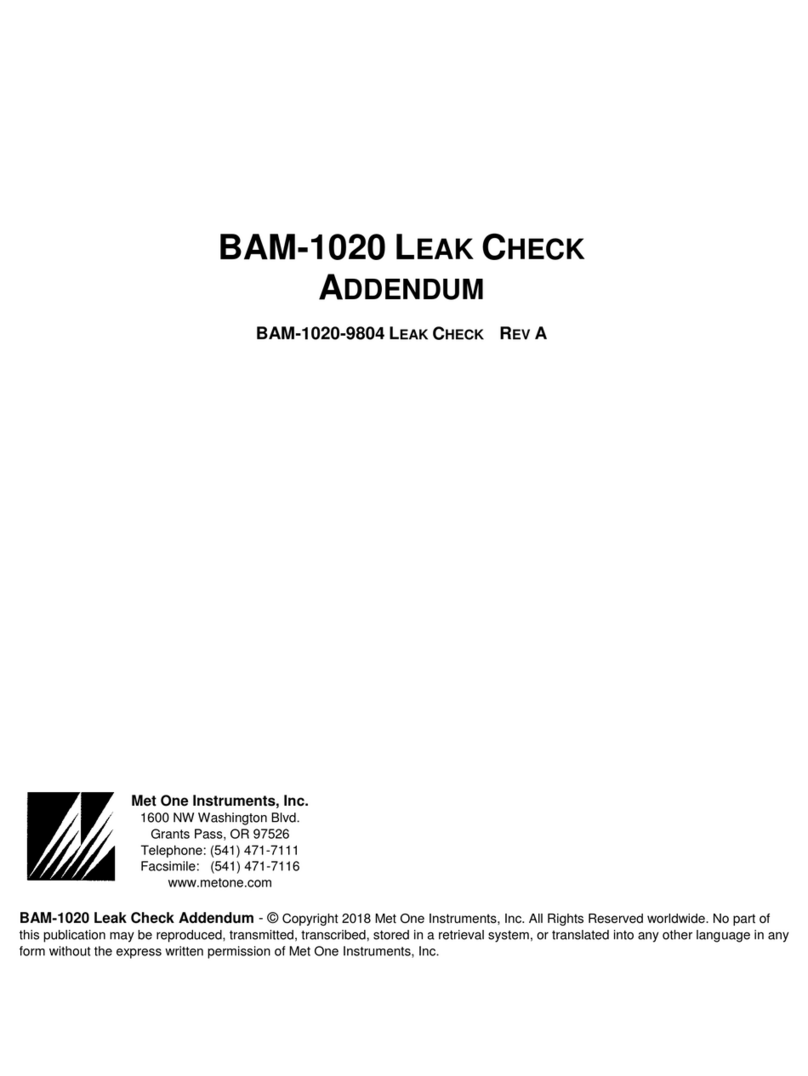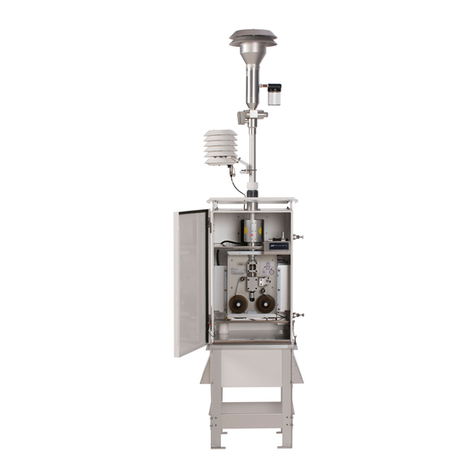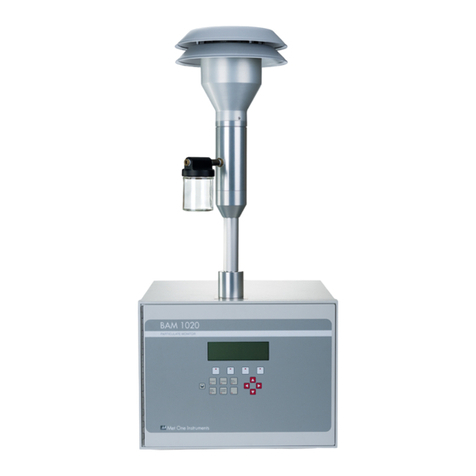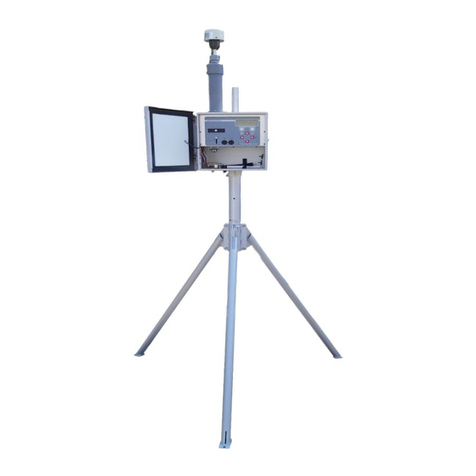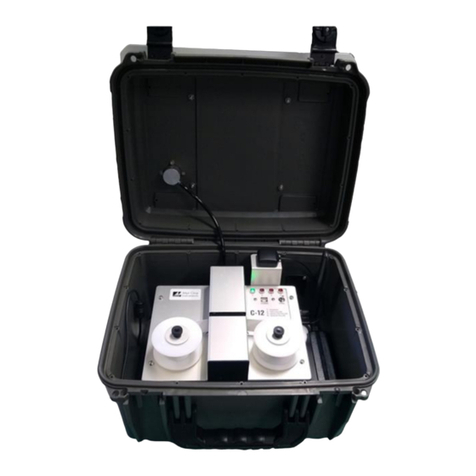Page 3
AEROCET-380 Operation Manual Rev A
Table of Contents
1INTRODUCTION.....................................................................................................5
1.1 About This Manual.....................................................................................................................5
1.2 Technical Service.......................................................................................................................5
1.3 About the AEROCET-380..........................................................................................................6
1.4 Laser Radiation Safety and Conformity .....................................................................................6
1.5 AEROCET-380 Specifications ...................................................................................................7
2AEROCET-380 SETUP and STARTUP..................................................................8
2.1 Unpacking ..................................................................................................................................8
2.2 Layout.........................................................................................................................................9
2.3 Default Settings........................................................................................................................10
2.4 Initial Operation........................................................................................................................10
3User Interface.......................................................................................................10
4Operation..............................................................................................................11
4.1 About the Measurement...........................................................................................................11
4.2 Power Up .................................................................................................................................11
4.3 Operate Screen........................................................................................................................11
4.3.1 Sampling............................................................................................................................11
4.3.2 Sample Status ...................................................................................................................12
4.3.3 Sample History ..................................................................................................................12
5Main Menu............................................................................................................13
5.1 Edit Main Menu Items ..............................................................................................................13
5.2 Sample Setup...........................................................................................................................14
5.2.1 Location ID.........................................................................................................................14
5.2.2 Sample Time......................................................................................................................14
5.2.3 Units...................................................................................................................................14
5.2.4 Zero Period........................................................................................................................14
5.2.5 Span Test ..........................................................................................................................15
5.3 Toolbox.....................................................................................................................................15
5.3.1 Memory..............................................................................................................................15
5.3.2 K-Factor.............................................................................................................................16
5.3.3 Display...............................................................................................................................17
5.3.4 Flow Calibration.................................................................................................................17
5.4 Initial Setup ..............................................................................................................................18
5.4.1 Serial..................................................................................................................................18
5.4.2 Modbus..............................................................................................................................18
5.4.3 Clock..................................................................................................................................19
5.4.4 Locations ...........................................................................................................................19
5.4.5 WiFi Discovery...................................................................................................................20
5.5 About Screen ...........................................................................................................................21
6Charging the Battery...........................................................................................21
